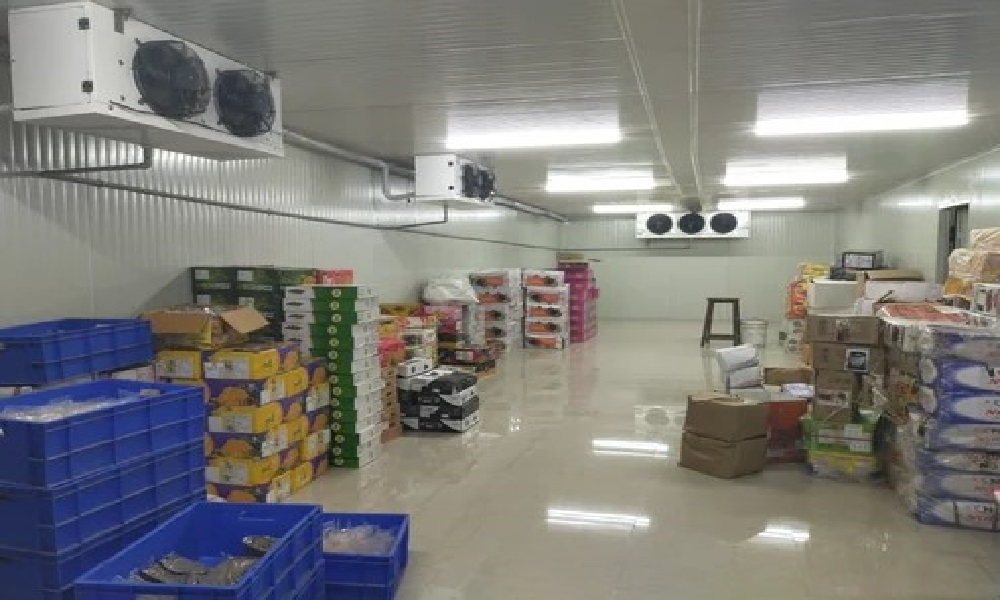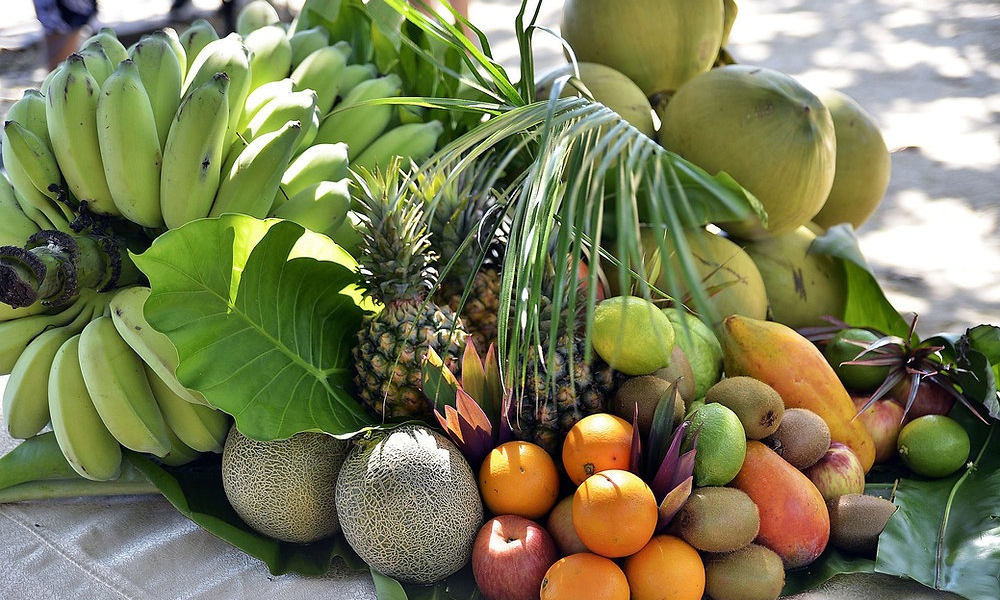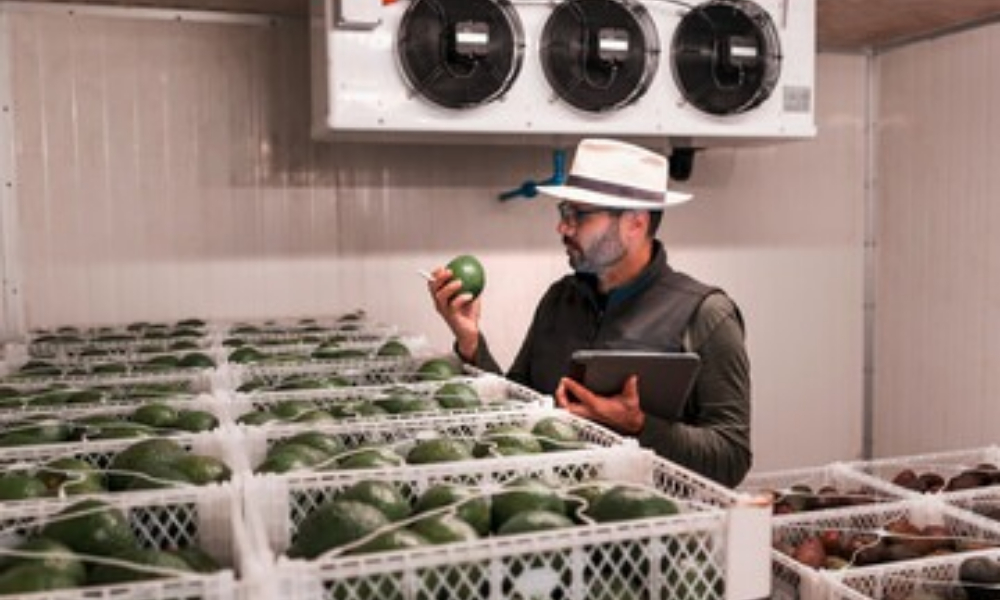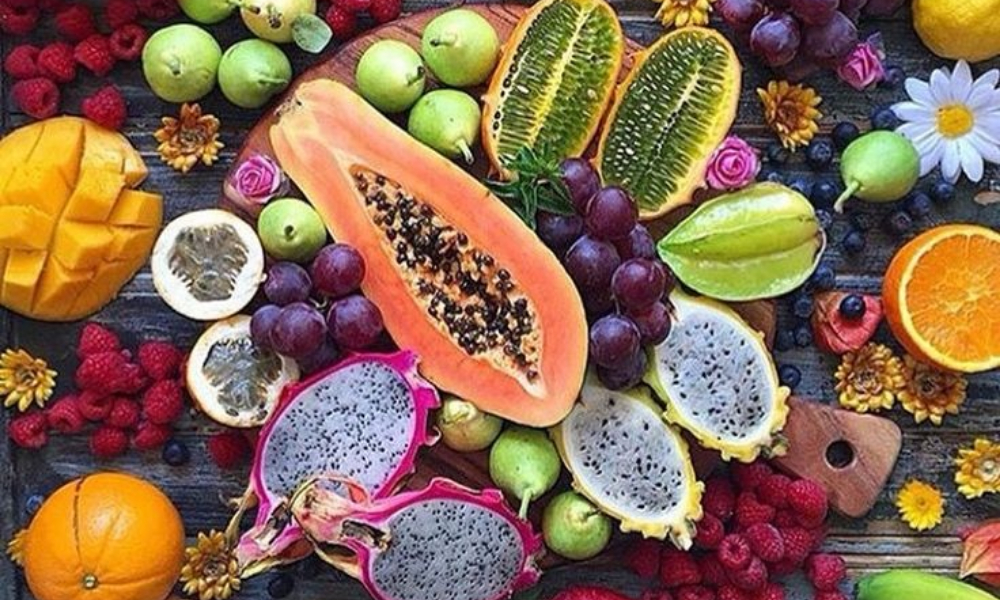Conditions and Key Points Regarding Tropical Fruit Cold Storage
1. Specific Temperature and Humidity Requirements
Tropical fruits typically grow in warm and humid regions; therefore, they require relatively high temperatures for cold storage. The optimal temperature for tropical fruits is usually around 13-16 degrees Celsius. This temperature can prevent early spoilage of the fruits and also preserve their quality.
Additionally, these fruits need high humidity levels to prevent drying and moisture loss. A relative humidity of about 85-90% is essential for the optimal storage of these fruits. This humidity should be maintained in the cold storage to prevent the fruits from drying out and deteriorating.
2. Sensitivity to Temperature and Humidity Changes
As mentioned, tropical fruits usually grow in warm and humid areas, making them more sensitive to lower temperatures. Sudden temperature changes can lead to early spoilage. For example, in the face of low temperatures, some tropical fruits like mangoes may suffer damage or reduced quality.
Changes in humidity can also affect tropical fruits. Sudden increases or decreases in environmental humidity can cause the fruits to dry out or become excessively moist.
Some tropical fruits, like bananas, are more sensitive to excessive humidity and may suffer skin damage or spoilage when exposed to too much moisture.
In general, the sensitivity of tropical fruits to temperature and humidity changes indicates their need for stable and consistent conditions in cold storage. To maintain the quality and longevity of tropical fruits, temperature and humidity fluctuations in the cold storage should be minimized, and the appropriate environmental conditions should be provided.
3. Proper Ventilation
Proper ventilation in cold storage is crucial for tropical fruits and significantly impacts their quality and longevity. Specifically, the following points can be noted:
- Uniform Air Distribution
Proper ventilation in cold storage ensures that air is evenly distributed throughout the space. This ensures that air and temperature in the cold storage are uniformly and homogeneously regulated, allowing the fruits to benefit equally from the cool and warm areas, thus increasing their quality and longevity.
- Prevention of Ethylene Gas Accumulation
Tropical fruits produce gases like ethylene during their ripening and biological transformation processes, which can lead to early spoilage.
Proper ventilation in the cold storage facilitates the transfer and regular ventilation of these gases. By preventing the accumulation and spreading of these gases in the cold storage, the quality and longevity of tropical fruits are improved.
- Preservation of Freshness and Longevity
With proper ventilation in the cold storage, the freshness and longevity of tropical fruits are maintained. Regular ventilation reduces the accumulation of ethylene gases, preserving the fruits from spoilage and physical deterioration for a longer period.
In general, proper ventilation in cold storage is one of the essential factors in maintaining the quality and longevity of tropical fruits and must be carefully and regularly updated.
4. Resistance to Environmental Changes
Tropical fruits, such as mangoes and pineapples, are more sensitive to environmental changes. They show more sensitivity to temperature and humidity and quickly lose their quality. These fruits undergo significant physiological changes during ripening and post-harvest that may cause deterioration and spoilage. Therefore, storing them in stable conditions with precise environmental control is essential. These conditions include consistent temperature, controlled humidity, and proper ventilation. Proper ventilation in cold storage ensures uniform air distribution and prevents the accumulation of ethylene gases from fruit ripening.
Therefore, precise environmental management in cold storage and careful control of temperature, humidity, and ventilation are crucial for maintaining the quality and longevity of tropical fruits. With this approach, the sensitivity of tropical fruits to environmental changes can be prevented, and they can be protected from spoilage and physical damage for a longer period.
5. Sensitivity to Infections and Microbes
Tropical fruits' sensitivity to infections and microbes is a critical point that requires special attention for cold storage. Due to the warm and humid nature of the tropical environment, these fruits are more susceptible to various infections and microbes. This issue can lead to early spoilage and reduced product quality.
Given the specific tropical environmental conditions and weather, tropical fruits like mangoes and pineapples are especially more sensitive to infections and microbes. In these warm and humid environments, microbes and bacteria can easily proliferate and quickly spoil the fruits.
Therefore, stricter hygienic conditions are unavoidable for storing tropical fruits in cold storage. These conditions include precise temperature and humidity control, the use of appropriate hygienic equipment such as fruit protectors, and maintaining overall cleanliness in the cold storage environment. Additionally, using disinfection methods can help reduce the risk of infection and microbial transfer in cold storage.
Consequently, to maintain the quality and longevity of tropical fruits in cold storage, it is necessary to adhere to all hygienic and optimized conditions to prevent their spoilage and best preserve their nutritional value and taste.
Controlling Airflow and Atmospheric Gases: Two Essential Conditions for Tropical Fruit Cold Storage
Controlling airflow and atmospheric gases are both vital aspects of preserving tropical fruits' quality in cold storage. Filtration systems used in cold storage to purify the air from contaminated particles, microbes, and unpleasant odors are crucial. This filtration reduces fruit waste and increases their lifespan. Additionally, Modified Atmosphere Packaging (MAP) systems are used to control atmospheric gases like ethylene in the cold storage environment. These systems can regulate the concentration of atmospheric gases and prevent the acceleration of fruit spoilage. Key features of these two systems include precise gas concentration regulation, temperature and humidity control, proper aeration, compatibility with various fruits, and automatic control. The coordinated use of these two systems can significantly help maintain the quality and longevity of tropical fruits in cold storage.
Arrangement, Packaging, and Storage Limitations of Tropical Fruits
In cold storage for tropical fruits, the use of bulk racks and pallets is a common method for arranging and storing fruits. This method facilitates the movement, access to products, and better warehouse management. However, some limitations may exist in using these methods. Generally, possible limitations include:
- Space Limitation Bulk racks and pallets usually require a lot of space. Therefore, spatial limitations may restrict the number of fruits that can be stored in a single cold storage.
- Access Limitation Using bulk racks and pallets may limit access to certain fruits at specific times, especially if products are in the back layers.
- Transfer Limitation Moving racks and pallets may be challenging and time-consuming due to their high weight or large volume.
- Risk of Product Damage If fruits are improperly placed on pallets or arranged on racks, they may be damaged during movement.
Regarding the packaging of tropical fruits, various packaging types are used for their transportation and storage. These include sturdy cartons, plastic bags, wooden crates, and protective nets. Each of these methods has its own advantages and disadvantages. For example, sturdy cartons are effective for transportation but may be damaged when in contact with moisture. Plastic bags are rain-resistant but may tear easily. Incomplete packaging may also lead to fruit spoilage. Therefore, selecting the best packaging method should consider transportation conditions, storage duration, and specific characteristics of each fruit type.
Bananas, Pineapples, Mangoes
Tropical fruits such as bananas, pineapples, and mangoes require precise and protective packaging to prevent damage and spoilage during transportation and storage. The packaging of these fruits is done in various ways; for example:
Bananas, one of the most consumed tropical fruits, are usually packed in sturdy cartons. These cartons are equipped with layers of sturdy paper or protective plastic to protect the bananas from external shocks and pressure.
Pineapples are usually packed in wooden crates equipped with internal protective nets. These crates prevent pineapples from being damaged during transportation.
Mangoes' packaging is also very important. Mangoes are usually placed in plastic bags or sturdy cartons. These packages have air holes that allow the mangoes to breathe, preventing early spoilage.
All these packaging measures aim to preserve the quality and longevity of tropical fruits during transportation, and attention to details in this stage is crucial.





